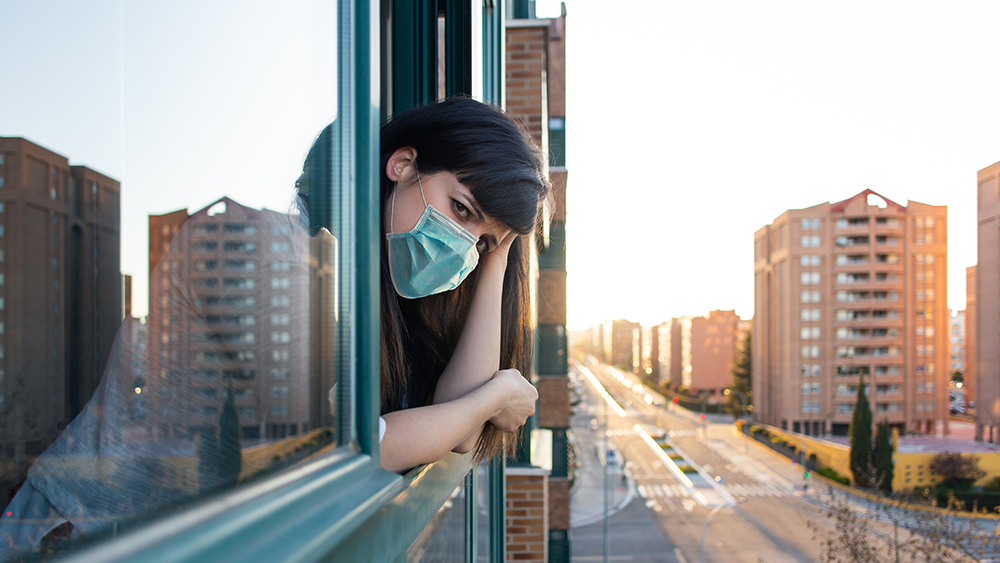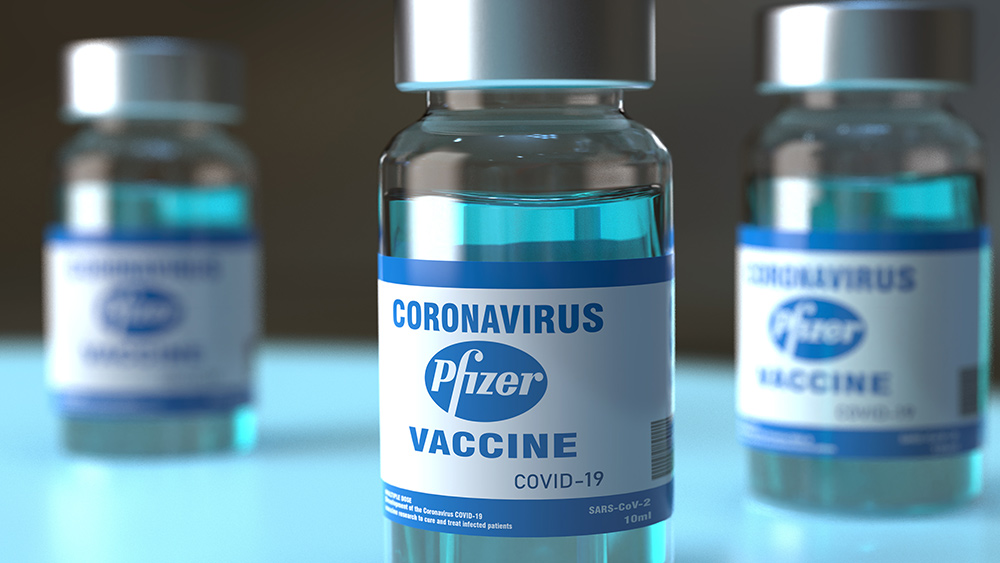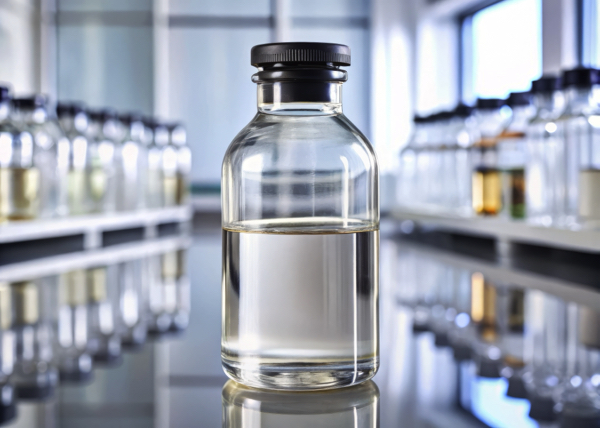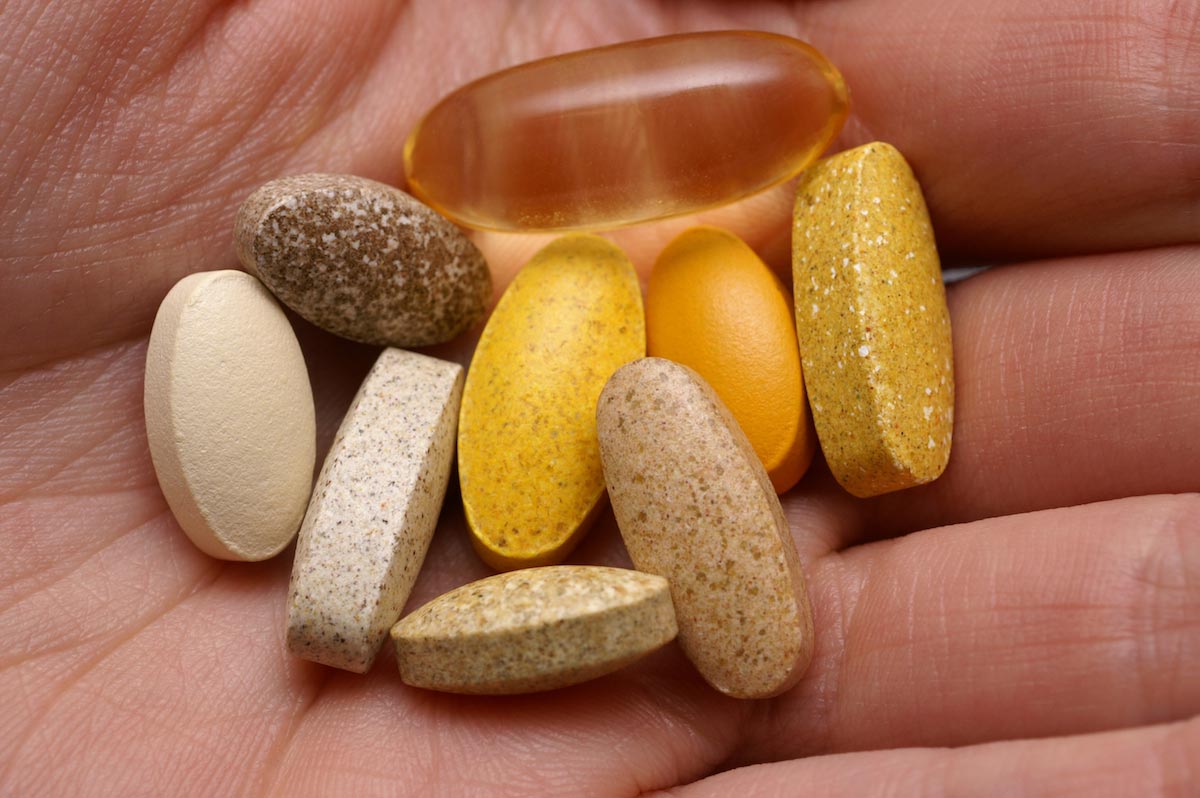The hidden dangers of ETHYLPARABEN in cosmetics and personal care products
07/07/2025 / By Zoey Sky
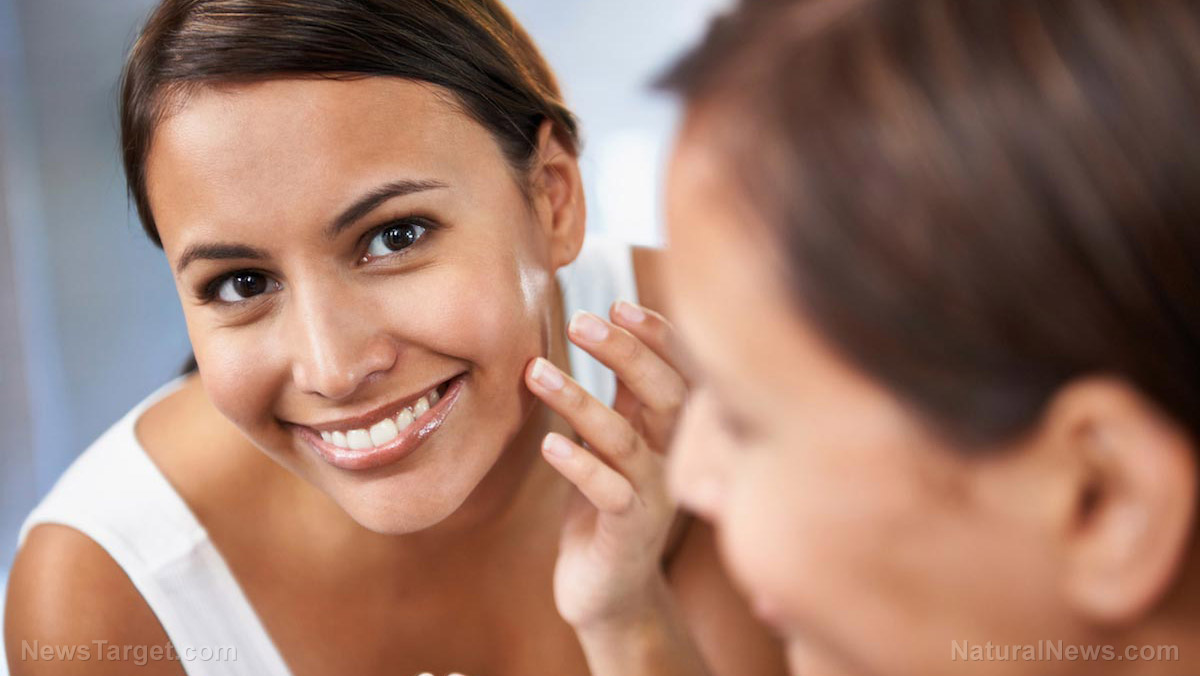
- Ethylparaben, a type of paraben, is a synthetic preservative used in cosmetics, skincare and food to prevent bacterial growth.
- Ethylparaben is also found in shampoos, lotions, makeup and deodorants under names like “ethyl parahydroxybenzoate” or “E214.”
- Ethylparaben has been linked to hormone disruption, skin irritation and environmental harm.
- While approved in small amounts by the FDA and EU, studies show that there are risks from long-term exposure to ethylparaben. It has also been found in breast cancer tissue, raising concerns.
- There are safer alternatives to ethylparaben, such as natural preservatives like rosemary extract and leucidal.
In the world of cosmetics and personal care, preservatives are essential to prevent microbial growth and extend the shelf life of products. However, not all preservatives are created equal. Some come with hidden risks.
Among these, ethylparaben has stirred controversy due to its potential health hazards. Despite its widespread use, mounting evidence suggests that this chemical may pose significant risks to human health, raising concerns among consumers and researchers alike.
Ethylparaben: Industrial uses and toxicity
Ethylparaben, also known as ethyl parahydroxybenzoate or ethyl 4-hydroxybenzoate, is a synthetic compound belonging to the paraben family, a group of chemicals widely used as preservatives in cosmetics, pharmaceuticals and food products.
Its primary function is to inhibit the growth of bacteria, mold and yeast, ensuring that products remain stable for months or even years.
Parabens, including ethylparaben, are easily identifiable on ingredient labels. They are often listed under names such as:
- Ethylparaben
- Ethyl parahydroxybenzoate
- E214 (when used as a food additive)
- 4-Hydroxybenzoic acid ethyl ester
Ethylparaben is a common additive in a wide range of personal care and cosmetic products, including:
- Haircare products (shampoos, conditioners, styling gels)
- Skincare products (moisturizers, cleansers, sunscreens)
- Makeup (foundations, mascaras, lipsticks)
- Deodorants and antiperspirants
- Feminine hygiene products (pads, wipes, lubricants)
Its prevalence is concerning, given that many consumers apply multiple paraben-containing products daily, leading to cumulative exposure. (Related: PEG-40 hydrogenated castor oil: The hidden danger in your beauty cabinet.)
While regulatory agencies like the Food and Drug Administration (FDA) and the European Commission have deemed ethylparaben safe at low concentrations, emerging research suggests potential dangers.
Some of the most alarming concerns include:
Endocrine disruption
Ethylparaben is a known xenoestrogen, meaning it mimics estrogen in the body. Studies have linked parabens to hormonal imbalances, which may contribute to:
- Breast cancer (parabens have been detected in breast tumor tissue)
- Reproductive disorders (reduced sperm count, early puberty)
- Thyroid dysfunction
A 2004 study found parabens in breast cancer biopsies, raising questions about their role in tumor development. While causation has not been definitively proven, the correlation is troubling.
Skin irritation and allergic reactions
For individuals with sensitive skin, ethylparaben can trigger contact dermatitis, redness and irritation.
The European Scientific Committee on Consumer Safety (SCCS) has flagged parabens as potential allergens, raising concerns about their use in leave-on products like lotions and creams.
Environmental persistence
When washed off, ethylparaben enters wastewater, where it resists degradation and accumulates in aquatic ecosystems.
Research has detected parabens in rivers and marine life, where they may disrupt hormonal systems in fish and other organisms.
Ethylparaben alternatives and detox tips
Given ethylparaben’s potential health risks, many consumers are seeking paraben-free alternatives.
Fortunately, safer preservatives exist, including:
- Leucidal (derived from fermented radish root)
- Rosemary extract (a natural antioxidant with antimicrobial properties)
Phenoxyethanol and potassium sorbate are considered to be safer (and milder) compared to ethylparaben, but these synthetic chemicals also come with their own health risks.
Many popular brands have committed to paraben-free formulations, proving that effective preservation doesn’t require synthetic estrogen-mimicking chemicals.
The human body metabolizes and excretes parabens, primarily through urine. However, with constant exposure, complete elimination may be difficult.
To minimize paraben buildup, consumers can:
- Switch to paraben-free products (check labels for ethylparaben and other parabens)
- Use fewer synthetic cosmetics (opt for minimal, natural formulations)
- Support liver detoxification (hydration, cruciferous vegetables and antioxidants may aid in toxin elimination)
While no miracle “detox” exists, reducing exposure is the most effective way to lower paraben accumulation in the body.
Ethylparaben’s role as a preservative comes at a cost. From endocrine disruption to environmental harm, the risks associated with this chemical outweigh its benefits.
As awareness grows, the demand for safer alternatives will likely push the cosmetics industry toward cleaner, more transparent formulations. Until then, reading labels and choosing paraben-free products remains the best defense against this pervasive and potentially harmful preservative.
By staying informed and making conscious choices, consumers can protect themselves from the dangers of ethylparaben and other questionable chemicals lurking in everyday products.
This story is not medical advice and is not intended to treat or cure any disease. Always consult with a qualified naturopathic physician for personalized advice about your specific health situation or concern.
Visit Health Ranger Store and Brighteon Store to find lab-verified skincare products that are free of harmful chemicals like ethylparaben.
Visit NaturalNews.com, an excellent resource for related articles about harmful cosmetic ingredients and safer natural alternatives. This platform allows you to explore the world of harmful ingredients and safer alternatives.
You can also try Brighteon.ai, an AI model created by Mike Adams, also known as the Health Ranger. This model is available as a free download to be run locally and is designed to help share and decentralize knowledge. By doing so, it aims to bypass censorship and empower people with knowledge.
If you’re searching for a platform that champions uncensored video content and free speech, particularly for discussions on nutrition, natural medicine, ingredients and related topics, visit Brighteon.com. This website offers a space for open dialogue and exploration of these subjects without restrictions.
Brighteon.IO and Brighteon.social are two free speech-focused social media platforms where users can openly discuss topics such as health, nutrition, ingredient safety, toxicity and related subjects without fear of censorship. These platforms aim to provide a space for unrestricted dialogue on critical issues.
Watch the video below to learn more about Green Tea and Peppermint and how these natural ingredients can help support healthy skin and hair.
This video is from the Health Ranger Store channel on Brighteon.com.
More related stories:
The dark side of retinoids: Toxicity, risks and the illusion of flawless skin.
The hidden toxin in your cosmetics: Tetrasodium glutamate diacetate and its risks.
Phytic acid in natural beauty products: A silent threat in your skincare routine.
Sources include:
Submit a correction >>
Tagged Under:
allergens, allergies, cancer criminals, carcinogens, cosmetic ingredients, Cosmetics, Endocrine disruptors, ethylparaben, health science, products, skin care, skin health, skincare, toxic chemicals, toxic ingredients, toxins, women's health
This article may contain statements that reflect the opinion of the author





